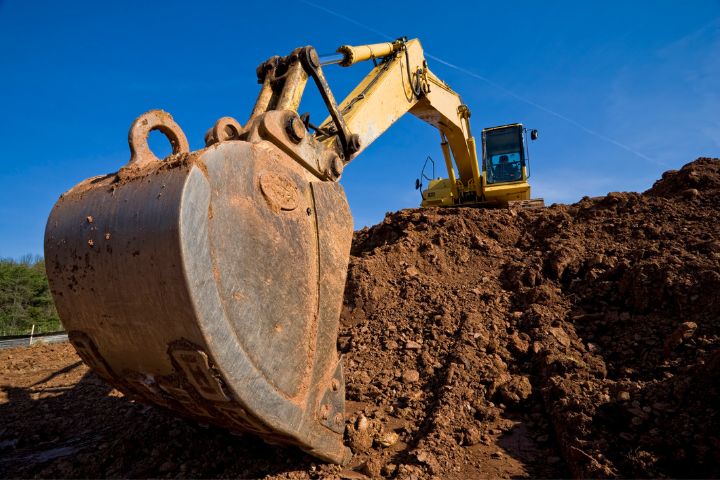Dirt Cheap: Facilitating Earth-Building as a Path to Affordable Green Housing
Dirt Cheap: Facilitating Earth-Building as a Path to Affordable Green Housing
Dirt Cheap: Facilitating Earth-Building as a Path to Affordable Green Housing
Program: Catalyst Grants
Program details » | All Catalyst Grants projects »

Building materials and construction contribute significantly to global greenhouse gas emissions. At the same time, every community in every state across the country is impacted by the soaring cost of housing. Currently, the housing shortage for our lowest-income families—approximately 10.8 million people across the United States—exceeds seven million homes. One natural building material could mitigate both the building-material emissions problem and the affordable housing shortage: earth.
Earth-building has been used for thousands of years. It offers several advantages to the environment and occupants: inherent fire resistance, low carbon emissions from production and transport, design for circular economies, ability to absorb pollutants and store heat, ease of construction for nonprofessionals, and ability to improve indoor air quality. But earth-building won’t be commercially viable until the architecture, engineering, and construction (AEC) industry has an accurate, field-deployable system for testing the amenability of the earth at any given site for use in construction.
This project team will build on their previous research to develop a testing system called RapidSed, which would come in the form of a mailable kit and allow builders to identify and amend soils for use in earth construction. The team will partner with three AEC-industry end-users, each working at a unique point on the green building spectrum, to ensure that RapidSed will be accurate, efficient, inexpensive, and useful. Ultimately, the team aims to devise a system that will help architects and developers take advantage of site soils as a building material, minimize greenhouse gas emissions, and provide sustainable solutions for low-income housing.
Project team: Roman Hryciw, PI (Civil and Environmental Engineering); Charlie O’Geen, Co-I (Taubman)